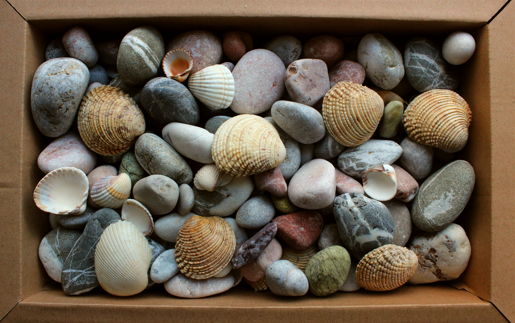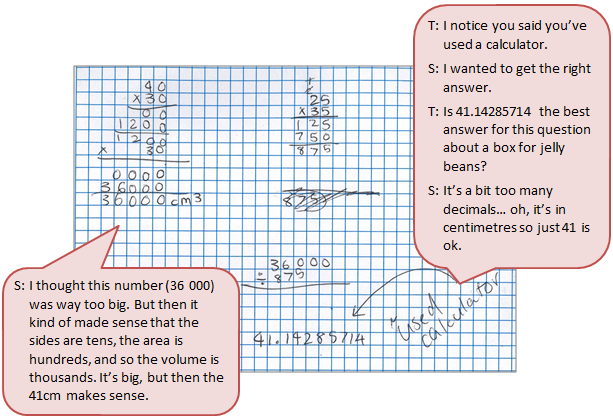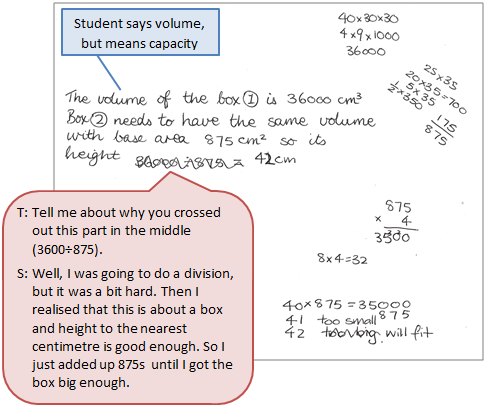The purpose of this activity is to engage students in using volume/capacity calculations to solve a problem.
To solve this problem, the students will need to calculate the capacity of a box from the dimensions given and to use this to solve a problem. The dimensions have been given in cm, so it is expected that the capacity will be found in cm³. The activity assumes the students have experience in the following areas:
- Metric units of length (include conversions).
- Metric units of area and volume.
- Calculating area of a rectangle and volume and/or capacity of a rectangular prism.
- Finding an unknown area or length from a volume or capacity
The activity should be sufficiently open ended to allow the students freedom of choice in their approach. It may be scaffolded with guidance that leads to a solution, and/or the students might be given the opportunity to solve the problem independently.
The example responses at the end of the resource give an indication of the kind of response to expect from students who approach the problem in particular ways.
 Josh has a box with dimensions 40 cm x 30 cm x 30 cm full of shells and pebbles he has collected.
Josh has a box with dimensions 40 cm x 30 cm x 30 cm full of shells and pebbles he has collected.
He wants to put them in the back of a cupboard where there is a space with a base area of 25 cm x 35 cm.
If he is to make a new box to fit all the shells and pebbles in, to fit in this space, what is the minimum height this box should be?
The following prompts illustrate how this activity can be structured around the phases of the Mathematics Investigation Cycle.
Make sense
Introduce the problem. Allow students time to read it and discuss in pairs or small groups.
- What do you think the problem is about?
- What information has been given?
- What do you need to find out?
- Can you rephrase the problem in your own words? (How tall would a box with a 25cm x 35cm base need to be to have the same capacity as a 40cm x 3cm x 30cm box?)
Plan approach
Discuss ideas about how to solve the problem. Emphasise that, in the planning phase, you want students to say how they would solve the problem, not to actually solve it.
- How can you use the information you have to answer the question?
- Do we know the volume of the shells and pebbles or the capacity of the box they are in? How would we calculate this?
- What is the base area of the new box?
- What else do you know about the new box?
- Do we have enough information to calculate the smallest height the new box could be?
- What maths will you need to use to answer the question?
Take action
Allow students time to work through their strategy and find a solution to the problem.
- Have you shown your working in a step-by-step way?
- Do you need any tools to help you with your calculations? (Ākonga may decide to use written methods or a calculator carry out the multiplication and division)
- Does your solution make sense?
- Does your solution answer the question?
- How accurate does your answer need to be? (ie ‘To the nearest….?’)
- Have you included units?
Convince yourself and others
Allow students time to check their answers and then either have them pair share with other groups or ask for volunteers to share their solution with the class.
- How do we know if the answer is correct?
- What could you try differently next time?
- Would this help you solve a similar problem?
- What could I try differently next time?
Examples of work
Work sample 1
The student calculates the capacity of a box and uses this value to solve a problem to find an unknown height.
Click on the image to enlarge it. Click again to close.
Work sample 2
The student finds a method of solution that will allow him/her to find an unknown dimension of a container, within the context and specifications given.

